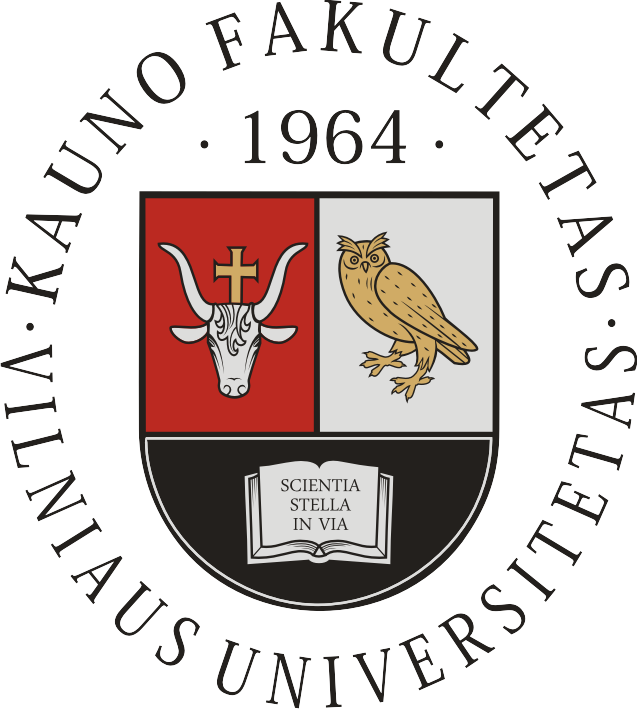Transformations in
Business & Economics
- © Vilnius University, 2002-2025
- © Brno University of Technology, 2002-2025
- © University of Latvia, 2002-2025
Article
PATHWAYS FOR DRIVING INDUSTRIAL PROGRESS UNDER THE SUSTAINABLE DEVELOPMENT GOALS FRAMEWORK3
Jing Jiang
ABSTRACT: Advancing the 2030 sustainable development agenda, global industrialization faces challenges like resource shortages, climate change, and inequality, while technological innovation and green transformation offer opportunities. The pursuit of sustainable industrialization represents a complex and systematic process. Existing studies have primarily examined single-factor impacts on industrialization, with limited systematic analysis of diverse paths and interactions among multiple elements.To explore the complex relationship between industrialization and the Sustainable Development Goals (SDGs), drawing on unified growth theory and the global value chain, and using panel data from the United Nations database covering the period from 2016 to 2023, the "joint effects” promoting industrialization and the "interactions” among different SDGs were analyzed through a fuzzy-set qualitative comparative analysis (fsQCA). Results indicate that industrialization is the outcome of multiple condition combinations and is not adequately explained by a single or a few explanatory variables.Four configurations are identified as significantly promoting industrialization: the Education-Environmental protection double core type, the Health-Environmental protection double driving type, the Health-Education collaboration type, and the Comprehensive Education-Equality-Environmental integrated type. Responsible consumption and production, quality education, and good health and well-being are identified as key elements of industrialization. Under varying conditions, a substitute or complementary relationship is observed between education and health, whereas trade-offs are found to be necessary between affordable clean energy and industrialization. Differences in priorities and challenges are revealed in the industrial development paths of industrialized economies, emerging industrial economies, and other developing economies .The conclusions obtained from this study expand the applications of the SDGs, enrich methodological tools for industrialization, and offer practical recommendations for various countries.
KEYWORDS: industrialization, sustainable development goals, Fuzzy-set qualitative comparative analysis, joint effects, interactions.
JEL classification: Q00, Q01, Q50, Q56, Q58.
3Acknowledgments: This study was supported by Zhejiang Province Philosophy and Social Science Planning Project (Grants: 24SSHZ088YB) and Wenzhou Basic Research Project (Grants: R2023035).

